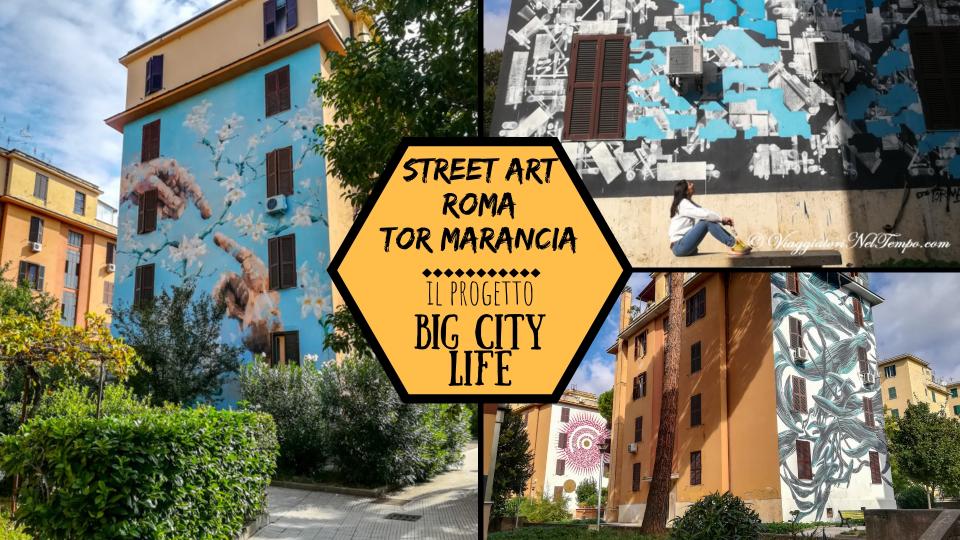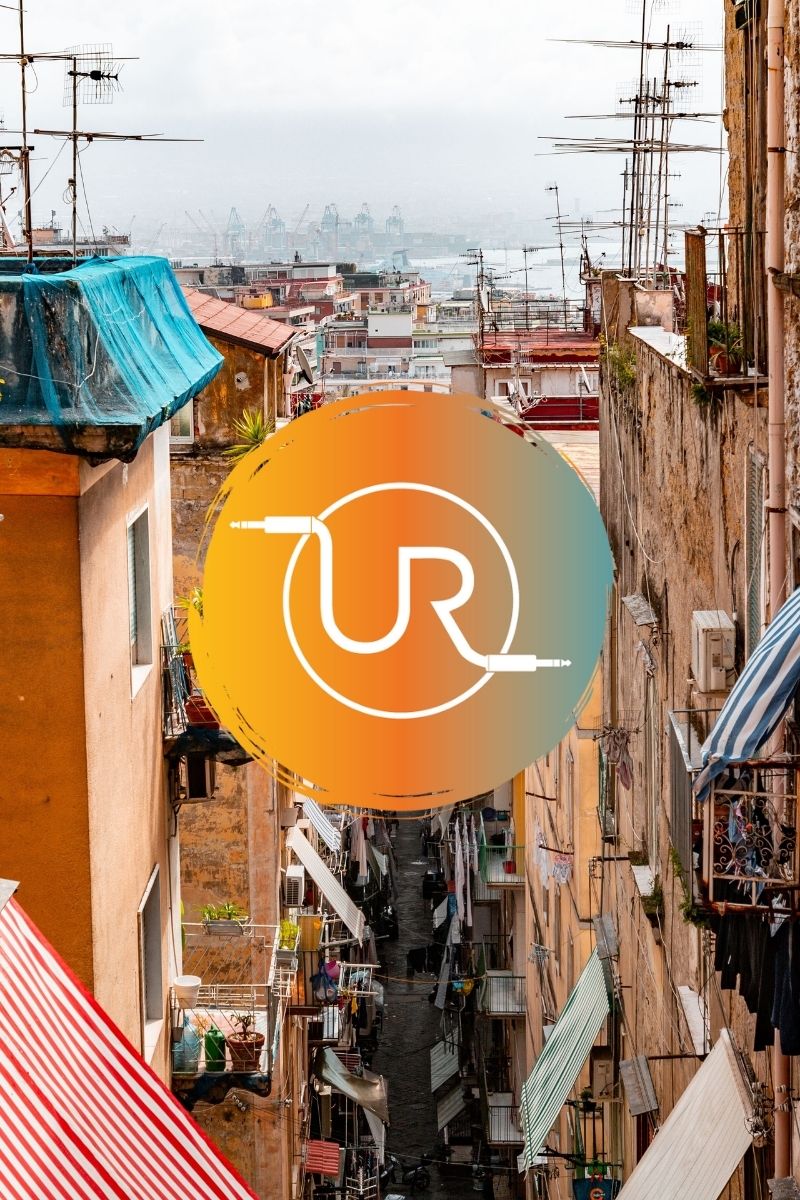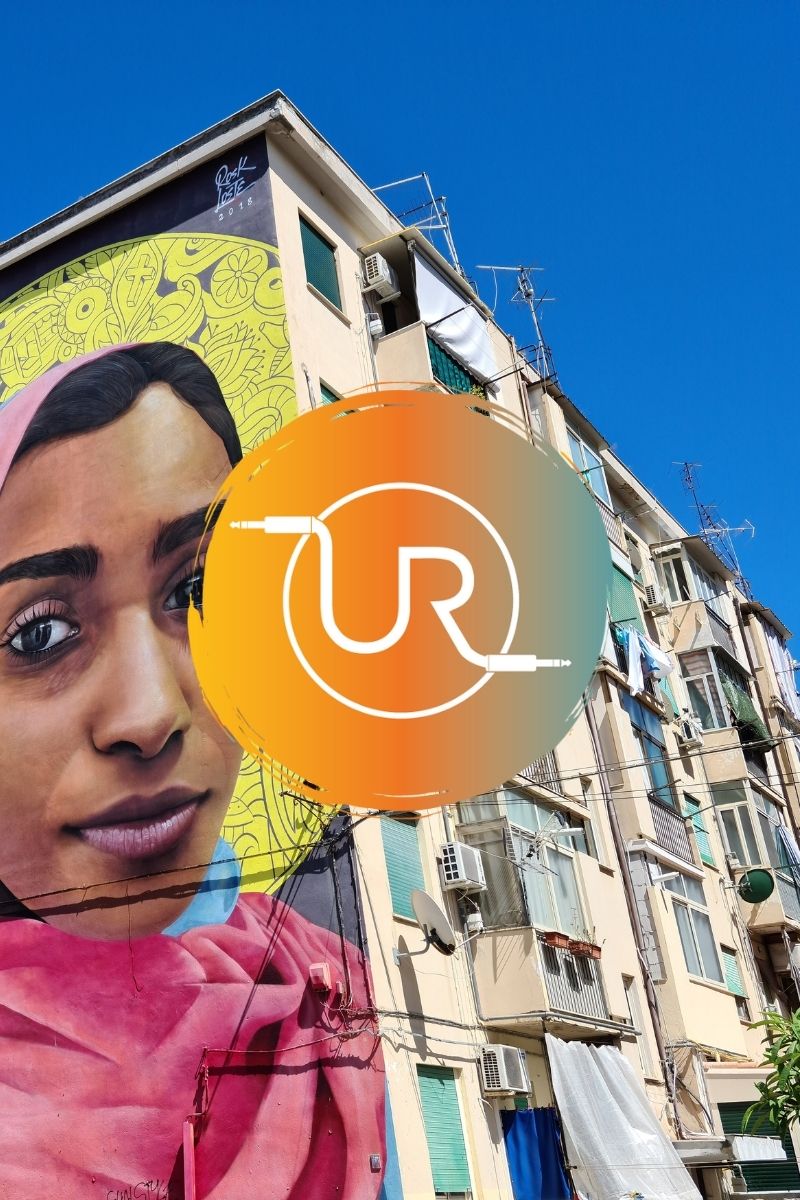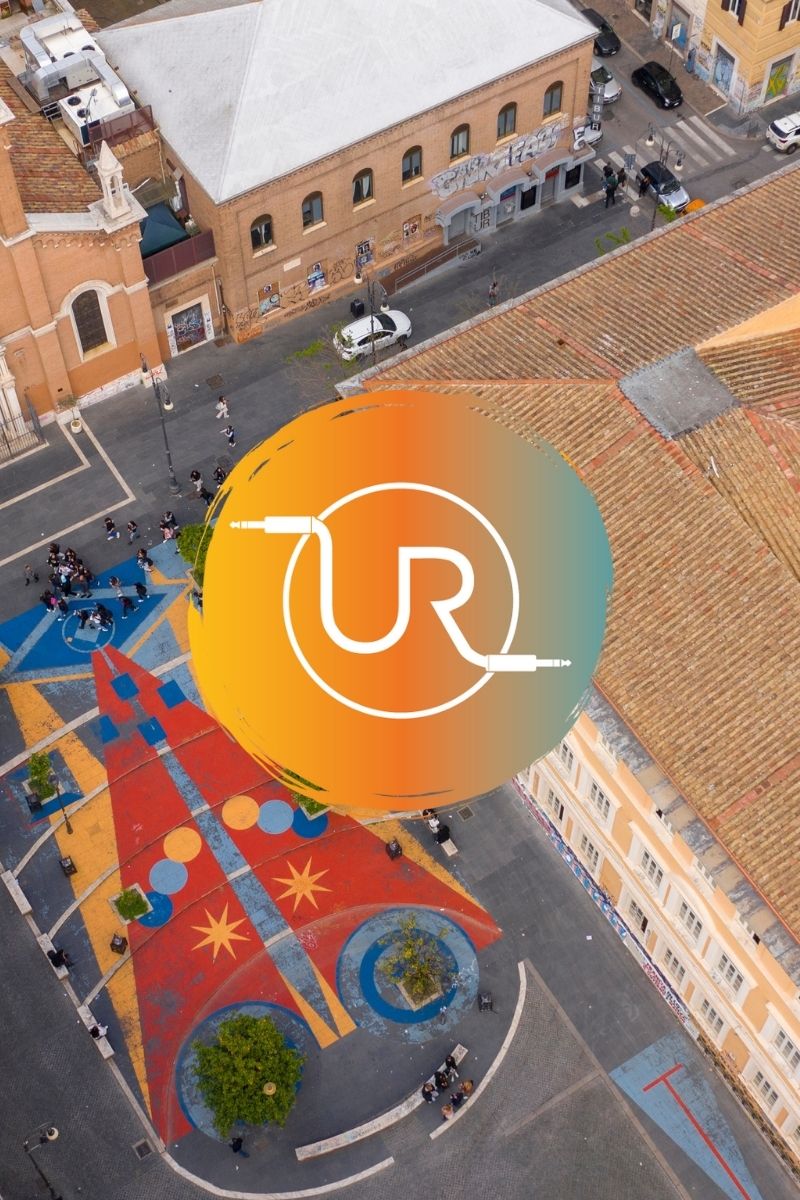
For years, the Tor Marancia area of Rome has been known as one of the city’s most overlooked neighborhoods, inhabited by low-income families and struggling with high crime rates and social problems.
Tor Marancia’s connection to crime is closely linked to the historical development of the area.
Founded in the 1930s as a settlement for economically distressed families and those who migrated to Rome in search of work, Tor Marancia quickly became one of Rome’s most marginalized neighborhoods.
Inhabited by low-income families, struggling with unemployment and poverty, the area became known for its high crime rates.
Living conditions in the area were particularly bad in the 1930s and 1940s.
Nicknamed “Shanghai” for its frequent flooding, the neighborhood was home to a marginalized segment of society due to lack of infrastructure and ongoing economic hardship.
Big City Life: Neighborhood Rebirth
Launched in 2015 Big City Life project will transform the neighborhood from a place associated with crime
and turned it into a huge open-air museum, attracting both locals and tourists.
Curated by Stefano Antonelli, the project used art as a tool for social change in a neighborhood plagued by crime and social exclusion.
The project began with 22 international artists using the facades of 11 buildings as canvases and has become one of the most remarkable street art spaces in Rome.
Neighborhood Participation and Change in Perception of Crime
Neighborhood residents participated in the project with great interest, and by the end of the process, the perception of crime in the area had changed significantly.
An important factor in this was the involvement of the neighborhood residents from the beginning of the project and their ownership of the project.
Artists and locals worked together to break down negative perceptions of the area. The studies have shown that the artworks in Tor Marancia are not only visual spectacles, but also a way of articulating the problems of the neighborhood and triggering social transformation.
In the process, crime rates decreased, allowing residents to express themselves in a safer environment.
While creating a sense of belonging among the local community, art also attracted outsiders, turning the neighborhood into a vibrant cultural hub. Big City Lifeis one of the best examples of how art can change lives, not just walls. Tor Marancia Project in NumbersBig City Life project, more than 5000 square meters were painted.
In total, the artists used 500 liters of paint and hundreds of spray paints.
Around 500 people living in 70 apartments became an active part of the process, participating in various activities throughout the project.
This participation allowed the project to be recognized as more than just an artistic event, but as a movement for social transformation and made Tor Marancia known to a wider audience.
Social Messages and Meanings of the WorksThe artworks at Tor Marancia are more than aesthetic works of art, they contain deep social and cultural messages. Seth’s “Bambino Redentore” draws attention to the difficulties faced by neighborhood children and their hopeful future, Diamond “La Madonna di Shanghai” by the artist “La Madonna di Shanghai” deals with the theme of the coexistence of different cultures.
On the one hand, these works reveal the difficulties experienced by the local people, on the other hand, they give a message of hope and change.
The artists designed their works with respect for the history, values and challenges of the local community.
Each mural not only transformed the physical appearance of the area, but also touched the daily lives of the people living in the neighborhood.
The works have been received with great enthusiasm by the community, as they reflect the common history and shared values of the neighborhood’s residents.
SatOne‘s “Cascata di parole” emphasizes communication and social bonds through words, Pantonio‘s “Il Ponentino” symbolizes a cycle of life surrounded by sea creatures.
The works express not only an aesthetic transformation, but also a change that affects the social and cultural fabric of the region.
The Social Impact of Art: Successes of Transformation
This massive transformation of Tor Marancia proves how art can play a unifying and transformative role as part of urban life.
Visitors experience not only the works of art in this neighborhood, but also how a community is reborn through the appropriation of art.
Tor Marancia is an inspiring example for other marginalized areas, showing that crime can be fought not only through security measures but also through social belonging and art.







Leave a comment: